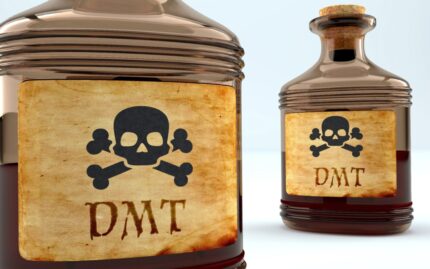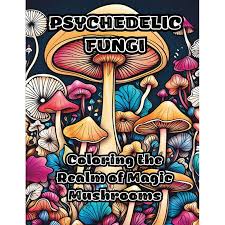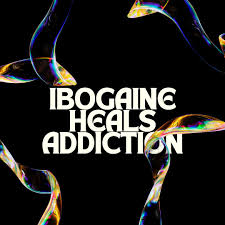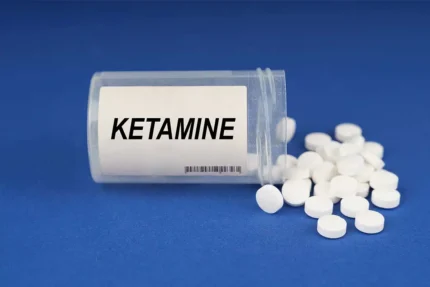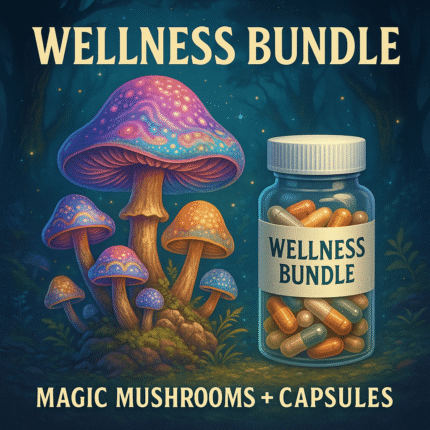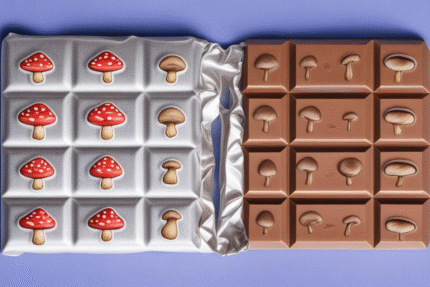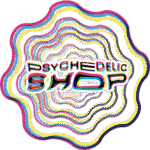Blog
Exploring the Tryptamine Landscape

Tryptamine Landscape. “Exploring the Tryptamine Landscape” is a compelling title that invites a journey through the diverse and rich family of tryptamine compounds, which span from essential biological molecules to powerful psychedelics. Here’s a breakdown of how you might approach or explore this landscape—scientifically, pharmacologically, culturally, and even spiritually.
🌿 What Are Tryptamines? – Tryptamine Landscape
Tryptamines are a class of organic compounds structurally derived from tryptophan, an essential amino acid. They contain an indole ring structure linked to an ethylamine side chain, and they form the backbone for numerous important natural and synthetic compounds.
🧬 Core Members of the Tryptamine Family
1. Endogenous Tryptamines
These naturally occur in the human brain and body:
- Serotonin (5-HT) – Regulates mood, appetite, sleep.
- Melatonin – Regulates circadian rhythms.
- Tryptamine – Present in trace amounts; may have neuromodulatory roles.
2. Psychedelic Tryptamines – Tryptamine Landscape
These interact primarily with 5-HT2A receptors to produce altered states of consciousness:
- DMT (N,N-Dimethyltryptamine) – Found in ayahuasca; powerful, short-acting psychedelic.
- 5-MeO-DMT – Found in Bufo alvarius toad venom; highly intense experience.
- Psilocybin/Psilocin – Found in magic mushrooms; converted to active psilocin in the body.
- 4-AcO-DMT – A synthetic analogue, often compared to psilocybin.
- AMT, MiPT, DiPT – Synthetic derivatives with varied effects.
3. Pharmacological Relatives
- Bufotenin (5-HO-DMT) – Naturally occurring, less commonly used.
- LSD – Though an ergoline, it has tryptamine-like psychedelic effects.
🧪 Mechanism of Action
Most psychedelic tryptamines are agonists or partial agonists at the 5-HT2A receptor, though other serotonin receptor subtypes (5-HT1A, 5-HT2C) and systems (dopamine, sigma, glutamate) may be involved. This leads to:
- Altered sensory perception
- Synesthesia
- Ego dissolution
- Mystical-type experiences
🏛️ Historical and Cultural Context
- Amazonian Tribes: Use of DMT via ayahuasca for healing and spiritual purposes.
- Mesoamerican Use of Psilocybin: Sacred mushrooms in religious rites.
- 1960s Psychedelic Renaissance: Timothy Leary, Terrence McKenna explored their potential.
- Modern Psychedelic Therapy: Clinical trials using psilocybin for depression, anxiety, PTSD.
🧠 Modern Research and Applications – Tryptamine Landscape
The psychedelic renaissance has renewed interest in tryptamines:
- Clinical Trials: Psilocybin-assisted therapy shows promise for depression, addiction.
- Neuroplasticity: Tryptamines may promote neuronal growth and connectivity.
- Mental Health Paradigms: A shift from suppression to integration of mental experiences.
⚖️ Risks and Considerations
- Set and Setting are crucial for safe experiences.
- Potential for psychological destabilization in vulnerable individuals.
- Legal Status varies widely by country and compound.
🔭 Future of Tryptamines – Tryptamine Landscape
- Designer Psychedelics: Ongoing synthesis of novel analogues (e.g., 5-MeO-MiPT).
- AI and Neuroscience: Mapping consciousness through tryptamine states.
- Therapeutic Protocols: Standardized use in mental health care.
- Microdosing: Popular yet under-researched trend.
-
DMT
Price range: $299.00 through $600.00 -
DMT Pens
$350.00 -
Dried Mushrooms
Price range: $210.00 through $220.00 -
Ibogaine
Price range: $210.00 through $350.00 -
Ketamine
Price range: $210.00 through $375.00 -
LSD
Price range: $250.00 through $350.00 -
Magic Mushroom Capsules
$250.00 -
MDMA
Price range: $250.00 through $320.00 -
Mushroom Chocolate Bars
Price range: $235.00 through $240.00

